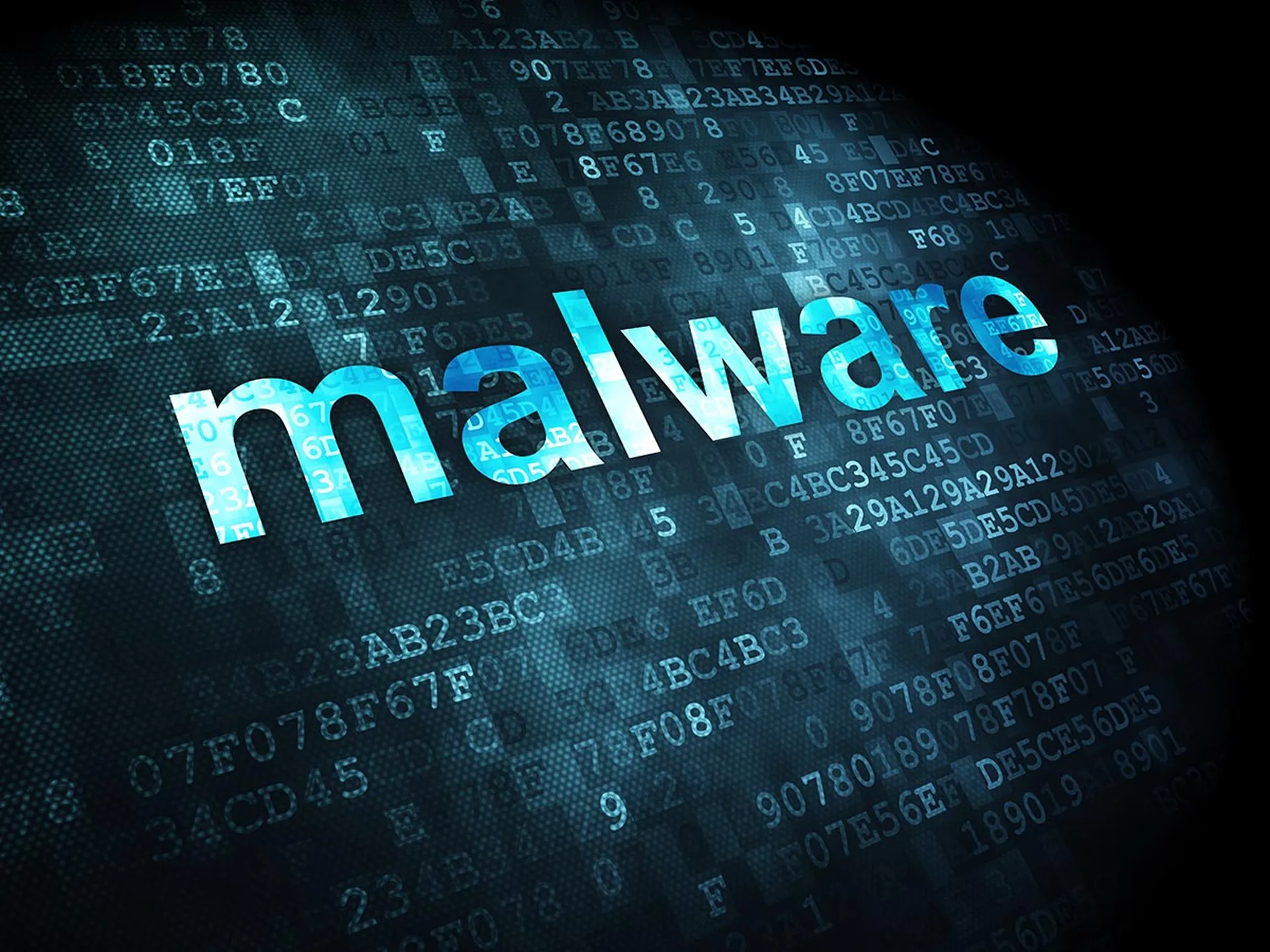Ransomware is a threat that will impact your business and clients sooner rather than later.
Regardless of a business's size, they are vulnerable to ransomware, often invited in by end users, employees, or third-party vendors with network access. A new challenge is that ransomware attacks now not only encrypt data but also exfiltrate it. While paying the ransom may recover your data, criminals threaten public data release if you restore from backup, creating a no-win scenario.
So, what do you need to know about protecting against ransomware?
Follow along as Netsurion’s Chief Strategy Officer and co-creator of our Open XDR platform, A.N. Ananth provides expert insights in this Ransomware Deconstructed video series.
Why Has Ransomware Exploded?
Ransomware has been around in some form or fashion for more than three decades but only recently became prevalent in terms of widespread cybercrime usage. Ransomware alone makes up nearly a quarter of all malware incidents. So, what’s the cause for the increased popularity of ransomware? Watch this short video to find out the simple answer.
What is the Lifecycle of a Ransomware Incident?
Understanding the stages of a ransomware attack is key to knowing how to defend against it. Watch this video to review the lifecycle of ransomware incidents from target identification to encoding/encryption of your environment so you are better prepared for detection and quick response in the event your organization or customers become a target.
What Types of Ransomware are Prevalent?
Multitudes of ransomware packages are available for those with malicious intent who wish to search them out and find them. However, types of ransomware can really be broken down into 3 broad categories in use today. Check out this video to learn what these three categories are and how each works so you can be better prepared in the event of an incident.
Who Attacks Using Ransomware?
Who attacks using ransomware? The easy answer is a hacker of course. In the past, threat actors tended to be part of either a criminal gang or a state-sponsored group. However, a third type of threat actor has emerged that is more business-minded and risk-averse than their predecessors. Check out this video to find out the answer to who attacks using ransomware.
What Policies are Used in Responding to Ransomware?
There are differing mindsets when it comes to responding to a ransomware incident. Some take a hard-nosed approach and refuse to pay out in the event of a ransomware incident. Others may be more willing to negotiate in certain circumstances. Each organization and levels of security will differ, so there isn’t a blanket policy across the board. Check out this video for ideas on what must be in place for each type of response to ransomware.
What are the Key Roles in Responding to Ransomware?
In the event of a ransomware incident, does your organization have the people in place to fill the key roles needed? This is not just an IT effort, it requires incident response, legal minds, public relations, cyber insurance providers, and more. This video is a must-watch if you’re unsure you have the policies and staff in place to tackle ransomware.
What Constitutes an Effective Defense Against Ransomware?
Now that we’ve reviewed the ins and outs of ransomware, it’s time to ensure you’re defended in the event of an incident. Unfortunately, there’s not a silver bullet solution that alone protects you and your customers against ransomware attacks. However, a proactive and layered approach to security will limit the chances of an event occurring. Check out this video to learn more about defense-in-depth coverage for your organization.
As you can see there is a lot that is involved in ransomware protection, and you likely can’t do it alone. That’s where a partnership that can help you protect your clients efficiently and effectively becomes essential. Netsurion’s comprehensive predict, prevent, detect, and respond model uses the right combination of people, processes, and technology to protect from today’s ransomware threats.
Learn more about how Netsurion’s Managed XDR can provide you with peace of mind that you and your clients are protected and help you bring managed security services to market through our Npower Partner Program.
Author A.N. Ananth is Chief Strategy Officer for Netsurion. Read more Netsurion guest blogs and news here. Regularly contributed guest blogs are part of MSSP Alert’s sponsorship program.




